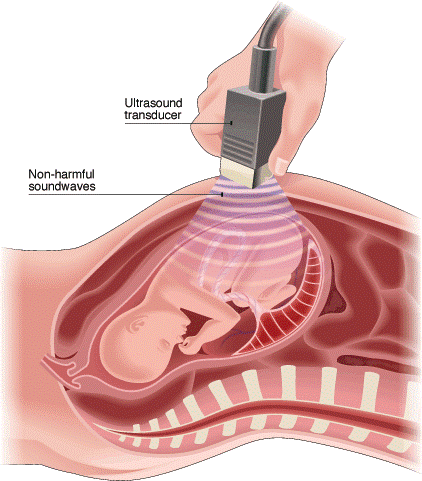Table of Contents
Week 1 | English Grammar
Day 4 |I am doing (present continuous)
Day 5 |Are you doing? (present continuous questions)
Day 6 |I do/work/like (present simple)(present continuous questions)
Week 2 | English Grammar
Day 1 |I don't... (present simple negative)
Day 2 |Do you...? (present simple questions)
Day 3 |I am doing (present continuous) I do (present simple)
Day 4 |I have... and I've got...
Day 6 |Worked/got/went etc (past simple)
Week 3 | English Grammar
Day 1 |I didn't... did you...? (past simple negative and questions)
Day 2 |I was doing (past continuous)
Day 3 |I was doing (past continuous) and I did (past simple)
Day 4 |I have done (present perfect 1)
Day 5 |I've just... I've already... I haven't...yet (present perfect 2)
Day 6 |Have you ever...? (present perfect 3)
Week 4| English Grammar
Day 1 |How long have you...? (present perfect 4)
Day 3 |I have done (present perfect) and I did (past)
Day 4 |Is done, was done (passive 1)
Day 5 |Is being done, has been done (passive 2)
Day 6 |Be/have/do in present and past tenses
Week 5| English Grammar
Day 1 |Regular and irregular verbs
Day 2 |What are you doing tomorrow?
Week 6| English Grammar
Day 2 |Must, mustn't, don't, need to
Day 6 |Do this! Don't do that! Let's do that
Week 7| English Grammar
Day 2 |There is... There are...
Day 3 |There was/were... There has/have been... There will be...
Day 6 |Have you? Are you? Don't you? etc
Week 8| English Grammar
Day 1 |Too/either/so am I/neither do I etc
Day 2 |Isn't/haven't/don't etc (negatives)
Day 3 |Do they? Is it? Have you?
Day 4 |Forming questions (who/what/why/where/when/which)
Day 5 |What...? Which...? How...?
Day 6 |How long does it take...?
Week 9| English Grammar
Day 1 |Do you know where...? I don't know what... etc
Day 2 |He/she said that... He/she told me that...
Day 3 |Work/working Go/going Do/doing
Day 4 |I want you to... I told you to...
Day 5 |I went to the shop to...
Day 6 |Go to... Go on... Go for... Go -ing... Get…
Week 10| English Grammar
Day 4 |I/me He/him They/them etc
Day 6 |Whose is this? It's mine/yours/hers etc
Week 11| English Grammar
Day 1 |Myself/yourself/themselves etc
Week 12| English Grammar
Day 2 |All/most/some/any/no/none etc
Week 13| English Grammar
Day 2 |If we go... if you see... etc
Day 3 |If I had... If we went... etc
Day 4 |A person who... A thing that/which (relative clauses 1)
Sound waves
Sound waves
Sound waves travel through vibrating molecules colliding and passing on the vibrations. This is why denser mediums conduct sound better.
Denser mediums have more molecules in the same space as less dense mediums, and so collisions occur more frequently.
We then process these collisions as sound when our ear drums vibrate after the molecules collide with our ears.
If the amplitude is larger it sounds louder while lower frequencieshave lower pitches.
We humans can only hear between 20 Hz and 20K Hz we can’t hear anything else. Above 20K Hz is Ultrasound.
Waves used in location technology
Waves are the main reason we have location technology as accurate as it is today. Since waves interact differently with different mediums we can use these differences to our advantage.
Ultrasound
Ultrasound uses above 20K Hz sound waves to help us see developing foetuses. The sound waves will penetrate tissue with some of the wave being reflected at the boundary between cells and liquids. Using a computer and some clever software we can figure out how long they take to return, letting us know how far away these boundaries are. These details then allow us to produce an image.

You may wonder why we don’t use x-rays. X-rays are harmful to our bodies and can pose a much more significant threat to developing cells while sound waves do no observable damage.
Sound waves can also be used in tunnel mapping, cave mapping, oceanography, measuring water depth and geological surveys. They work in almost the same way.
Seismic waves
Our understanding of seismic waves is really important. Before we knew about them we didn’t know what the earth looked like bellow the crust, there were theories but there wasn’t any proof to make them into facts. These days we know better.
Seismic waves are produced by earth quakes there are two main waves that we use S-waves and P-waves.
P waves
P-waves are longitudinal waves and travel at different speeds through different mediums.
If we know where a P-wave was made we can use the time it took to reach our detector to figure out what it travelled through. This helps us to figure out the earth’s interior.
S waves
S-waves are transverse waves and can’t travel through liquids. Therefore, we can place detectors on the opposite side of the planet to an earthquake and look for S-waves. Since none are detected the waves must be reaching something they can’t travel through.
This gives us evidence to liquids inside the earth.

